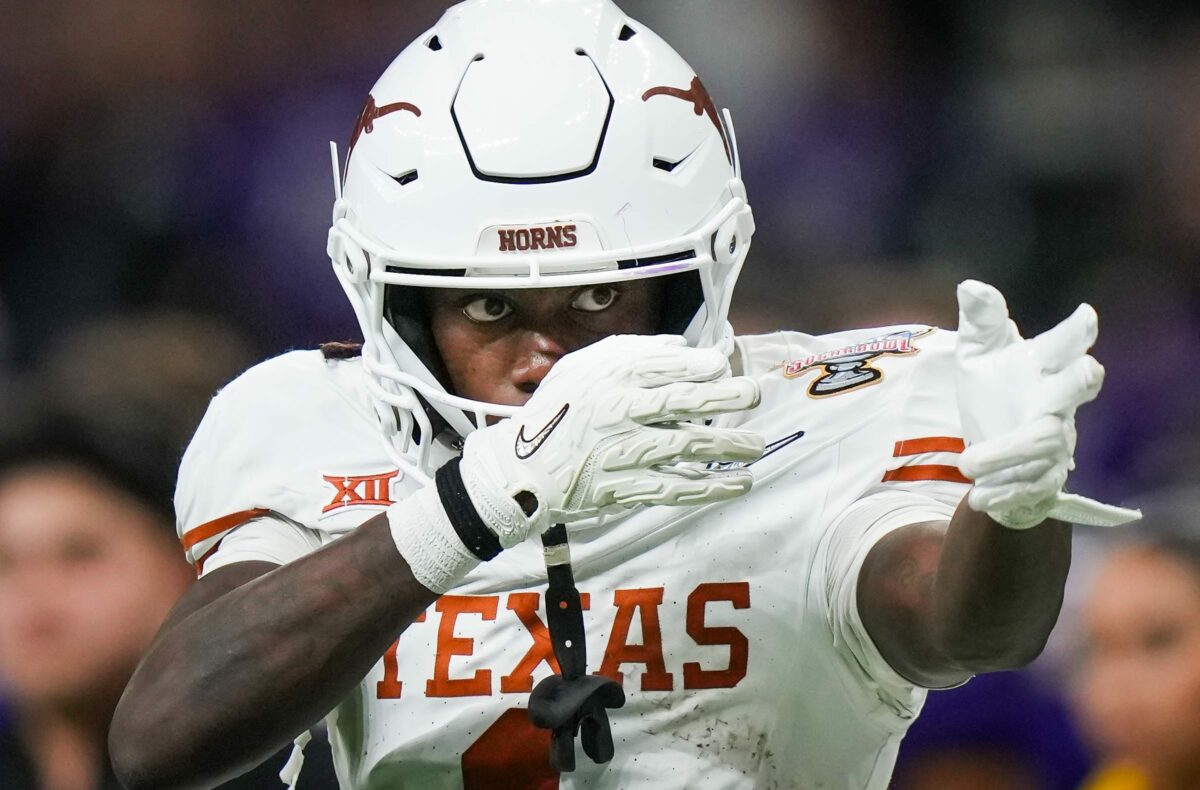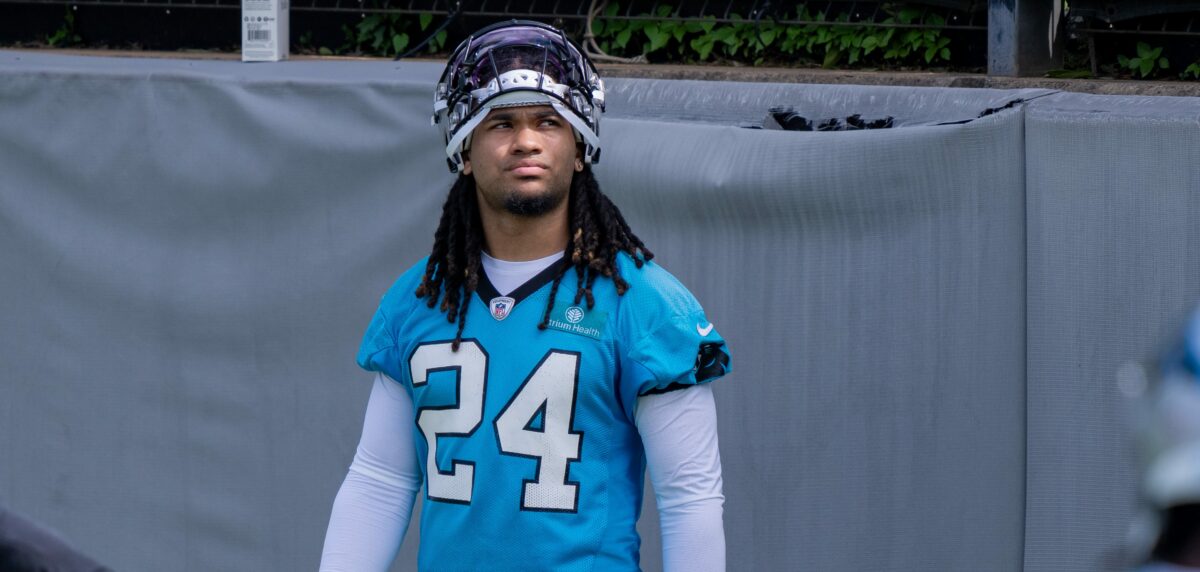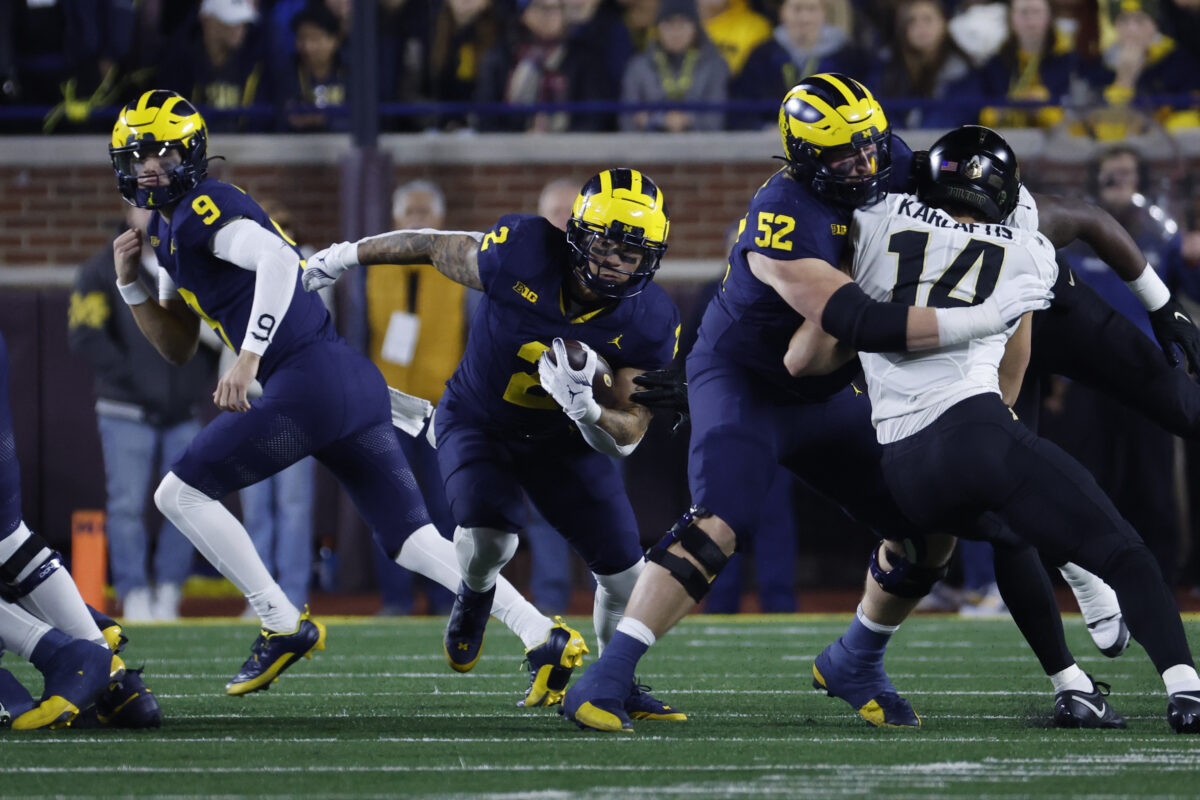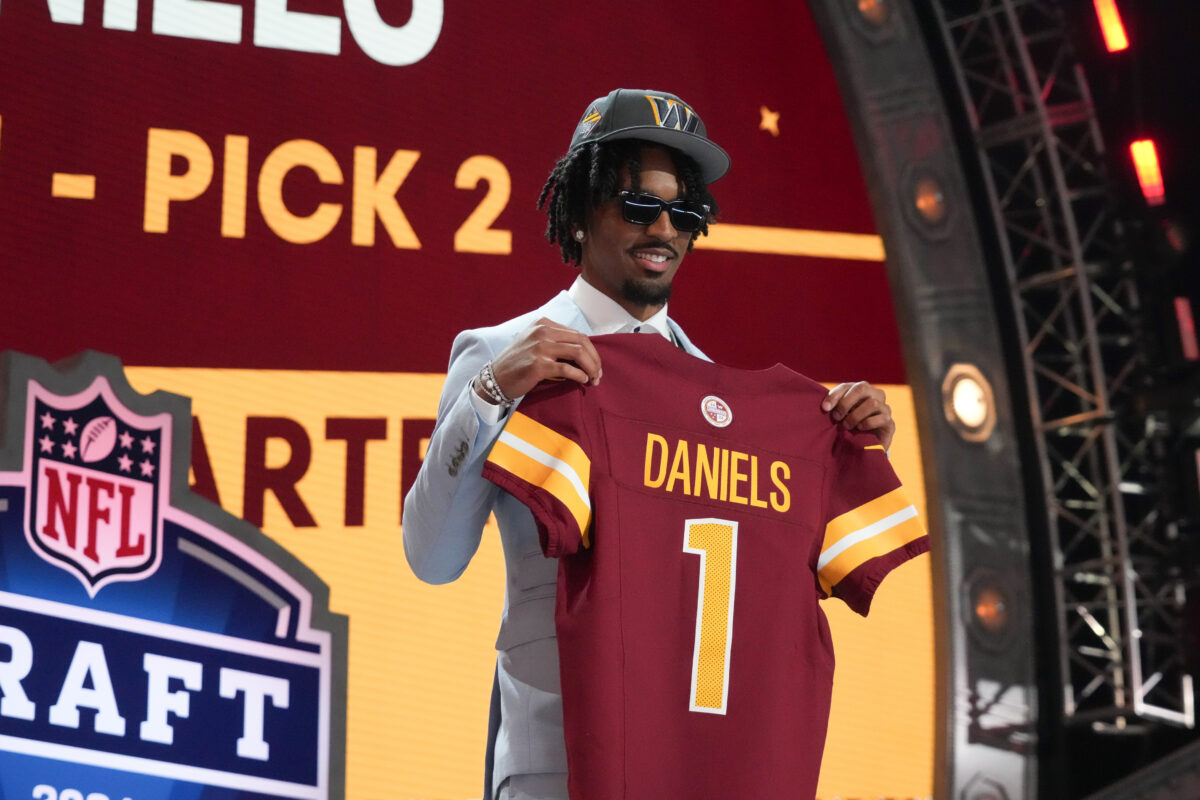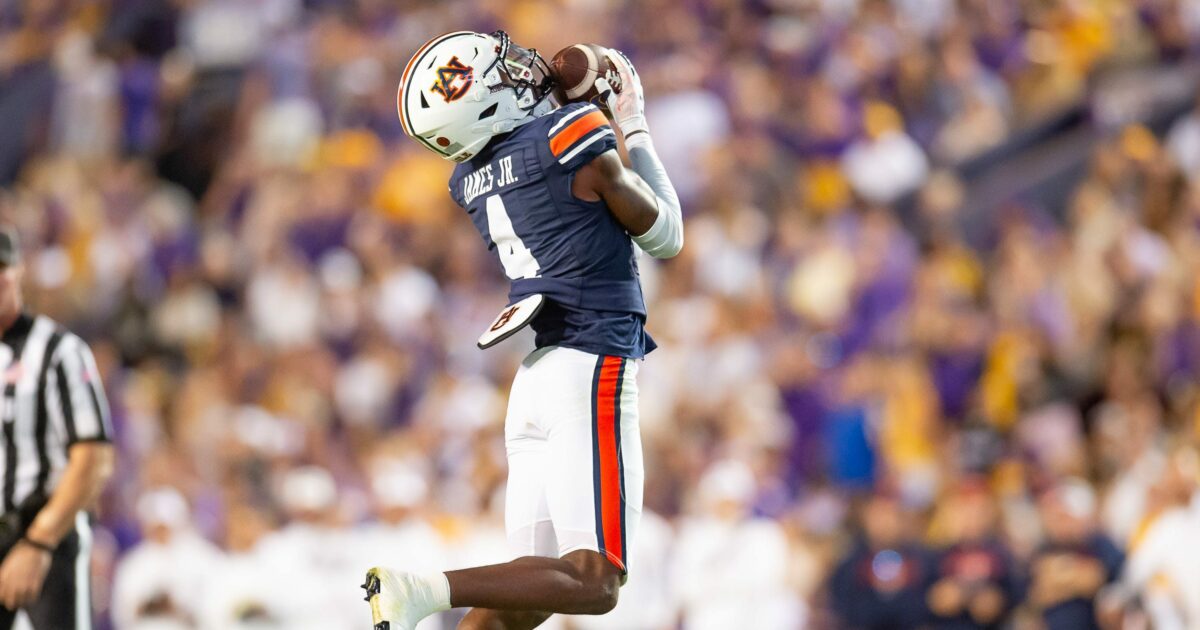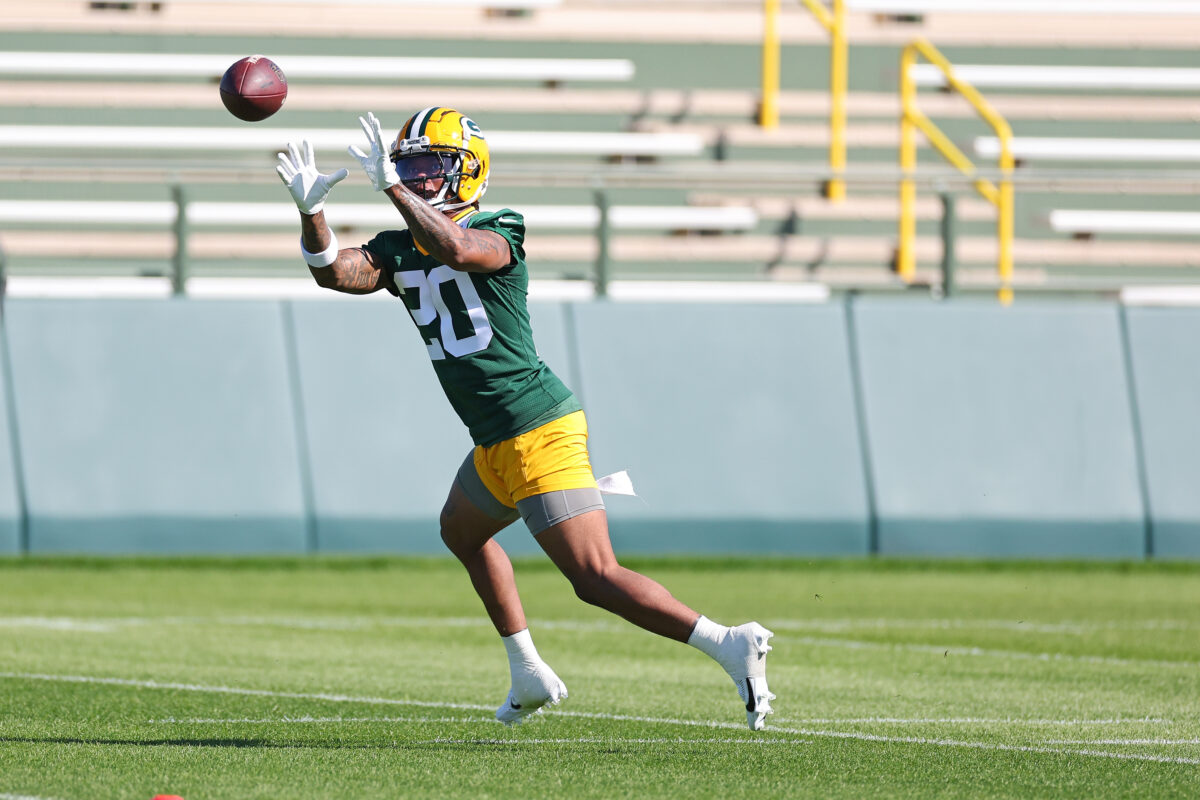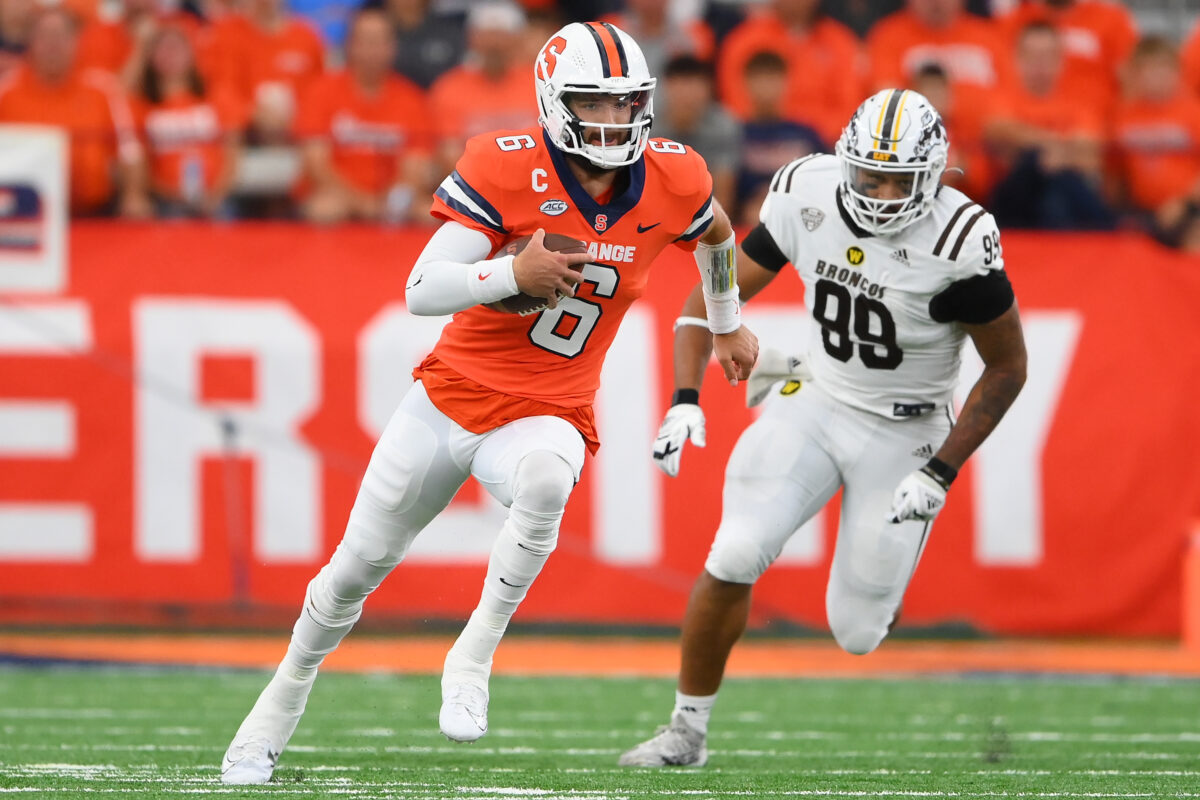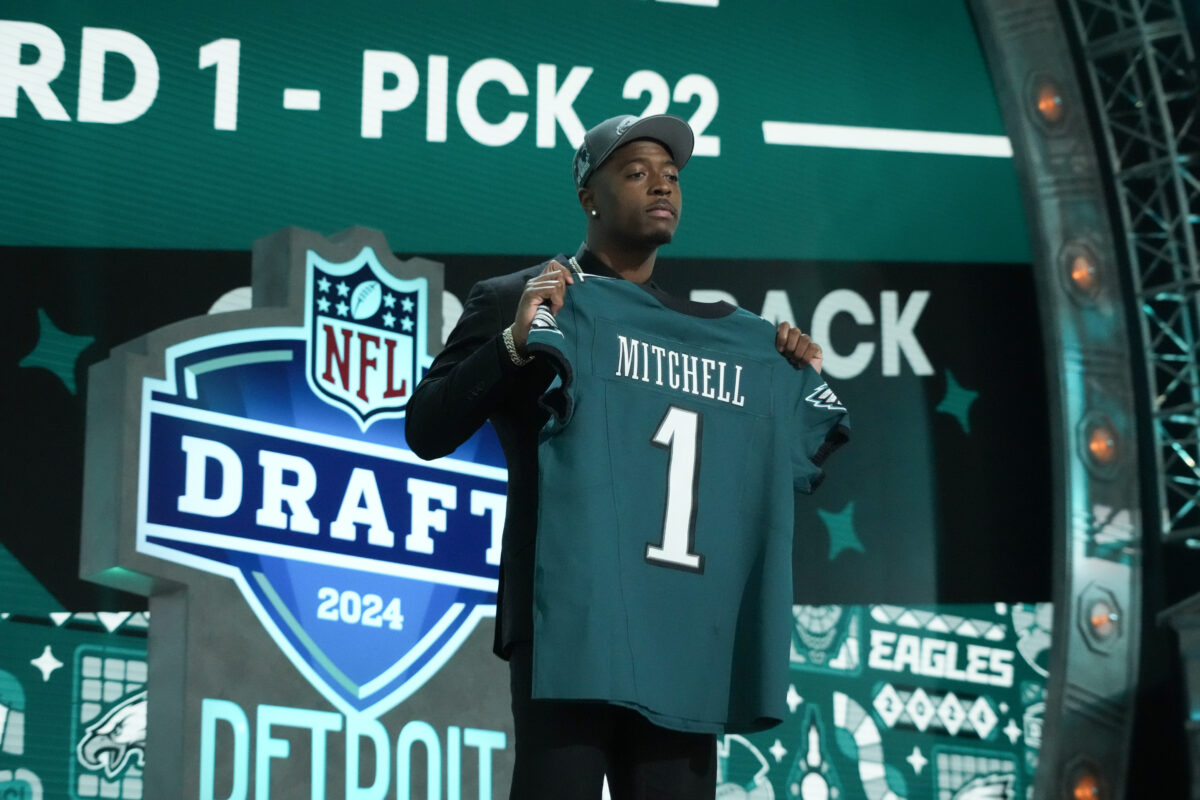The Kansas City Chiefs traded Tyreek Hill to the Dolphins before the 2022 season, and they’ve been trying to replace Hill as a receiver who can test and beat the third level of a defense ever since. Two straight Super Bowl wins will lessen the pain of that need, but if you watched any Chiefs tape last season, and watched whatever was going on with that group of receivers, you certainly saw it.
General manager Brett Veach and head coach Andy Reid probably don’t want to be in another position where Steve Spagnuolo’s defense had to drag the team into the postseason in the first place, and that’s why Kansas City traded up with the Buffalo Bills to select Texas’s Xavier Worthy, who set the all-time scouting combine record with a 4.21-second 40-yard dash.
The Chiefs aren’t worried about Worthy’s ability to take that speed to the field in a functional sense, and Worthy has already mentioned the similarities to the offense he was a part of in Texas.
“It’s been fun, learning the new offense and seeing how they run stuff, and just getting the flow of things. It reminds me a lot of Sark’s [Texas Head Coach Steve Sarkisian’s] playbook, a lot of similarities, just a lot of different names to it. It’s going to be fun to play in this offense.
“I feel like [Kansas City] was my main spot. Pat [Mahomes] – I feel like everybody would want to play for Pat with how amazing of a quarterback he is and how versatile he is.”
So far, Andy Reid is impressed.
“I thought he did a nice job picking things up and working through – we asked him to do a whole lot of stuff there,” Reid said during of Worthy during the Chiefs’ rookie minicamp. “He was put in most of the primary spots, so it was good for him to be able to get in there and move around a little bit.”
Worthy has to work on a few things at the NFL level, but it’s not just speed here — he can get free with some pretty good route awareness, and it’s important to know that the 5′ 11¼”, 165-pound Worthy wanted to play for Sarkisian because he was so impressed with how Sark prepared DeVonta Smith, a similarly-sized speed receiver, for the NFL when Sark was Alabama’s offensive coordinator.
This isn’t just a “let’s get a fast guy on the field and hope he can make deep catches” thing — there’s a lot of planning here on all sides.
Speedy speedy speedy 💨 pic.twitter.com/zcMYHeZkEM
— Kansas City Chiefs (@Chiefs) May 4, 2024
Xavier Worthy, WR, Texas
PLUSES
— Record-breaking speed shows up on the field; Worthy can house a handoff or a quick screen, and he's very adept at gaining separation in a straight line downfield.
— Has a nice sense of foot feints to get off press at the line of scrimmage… pic.twitter.com/xXMPdgSHI6
— Doug Farrar ✍ (@NFL_DougFarrar) April 9, 2024
